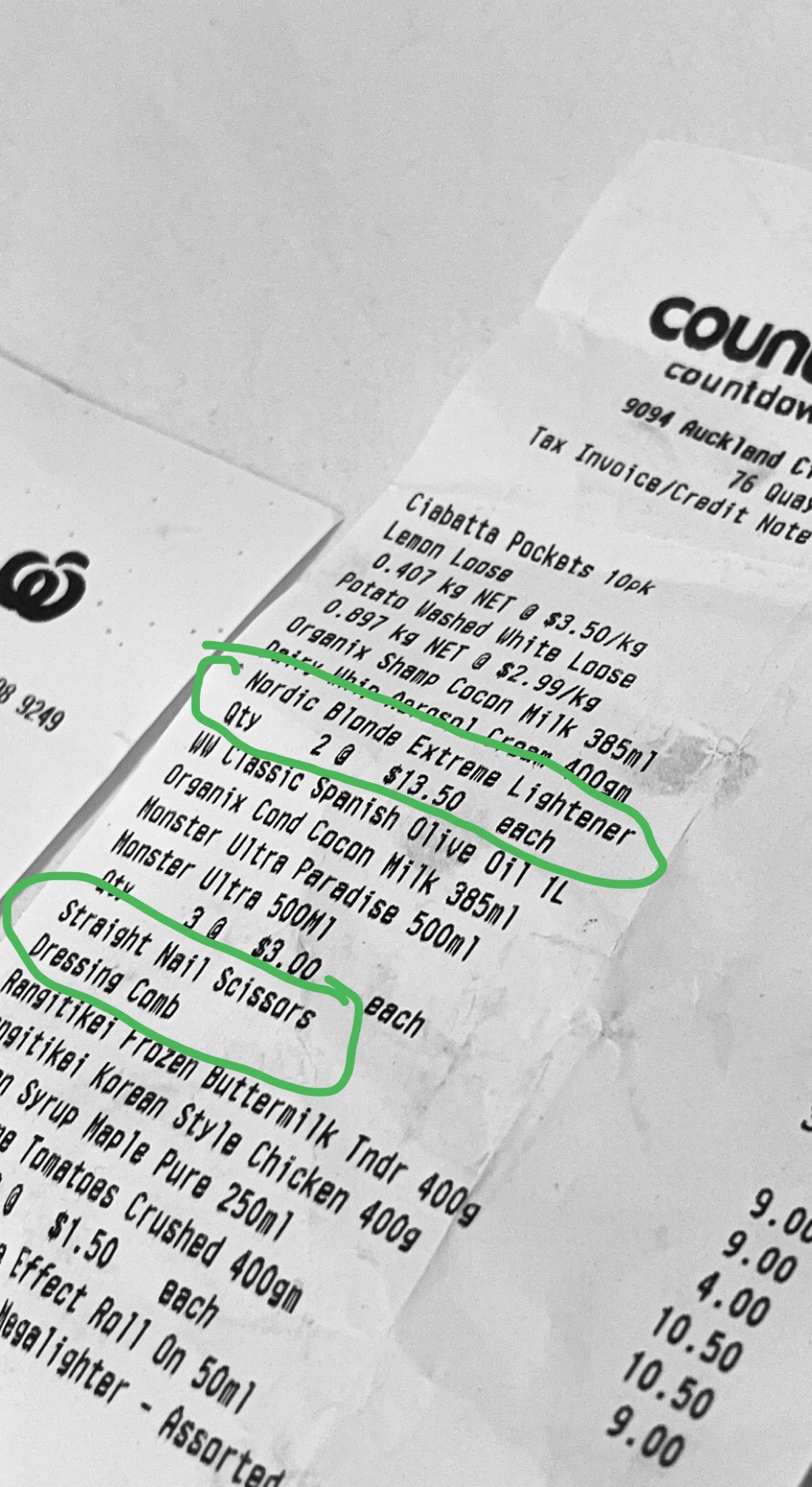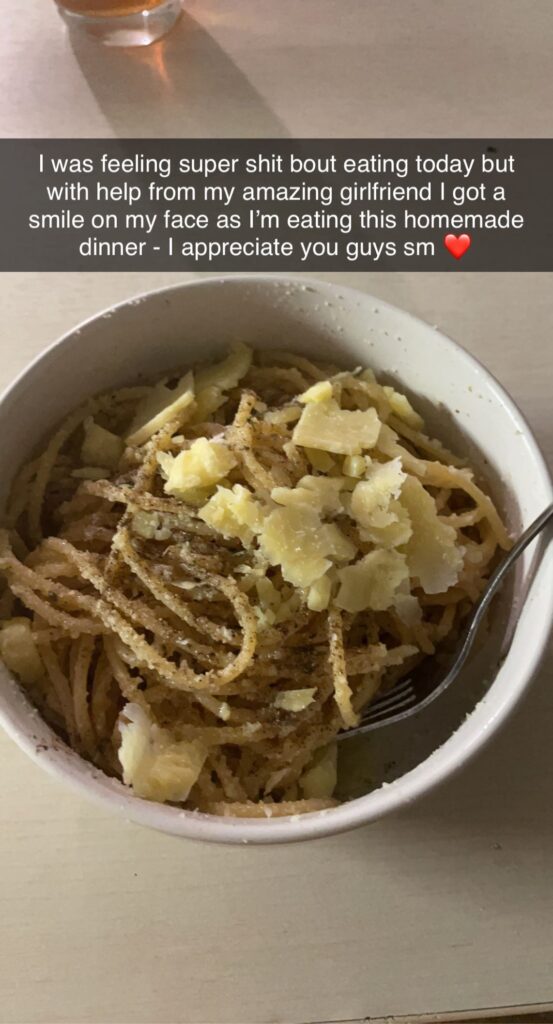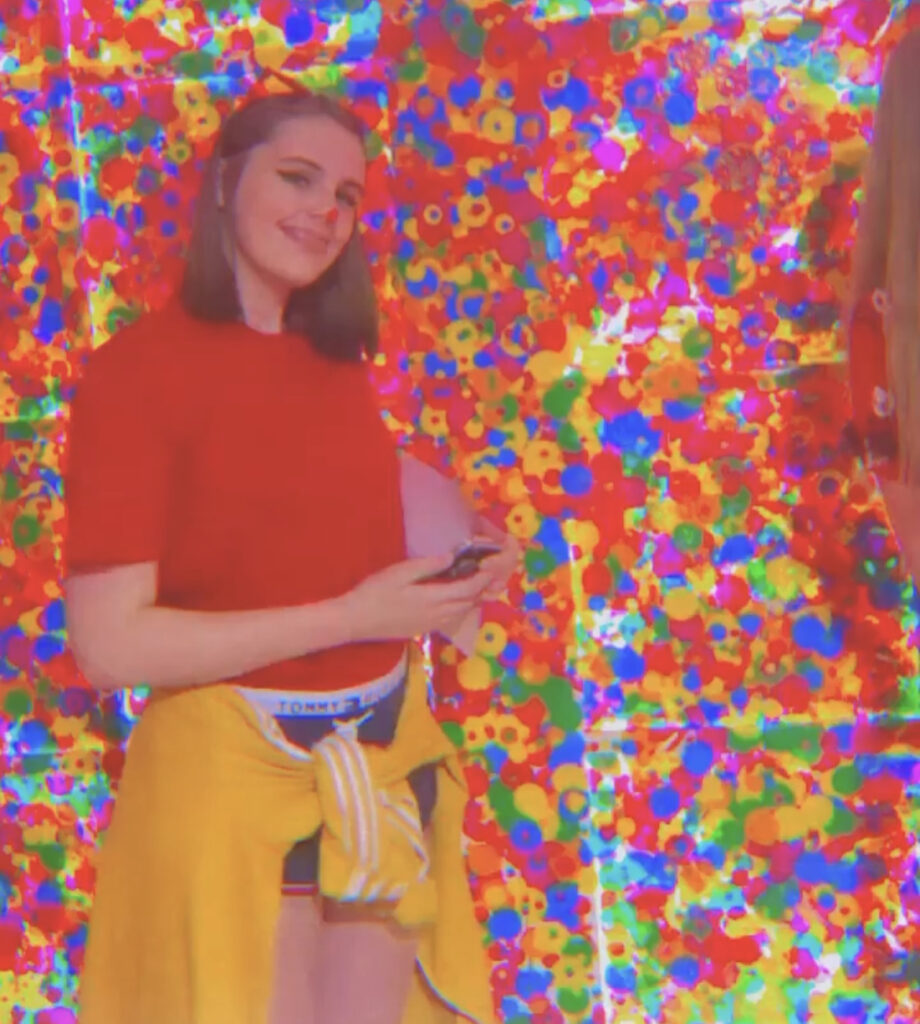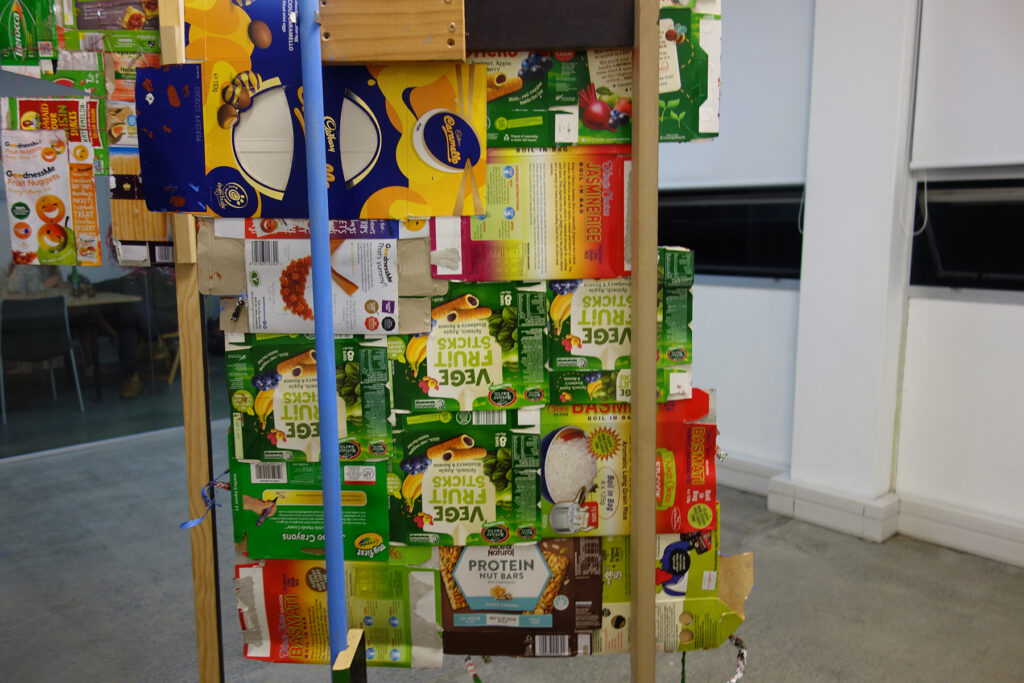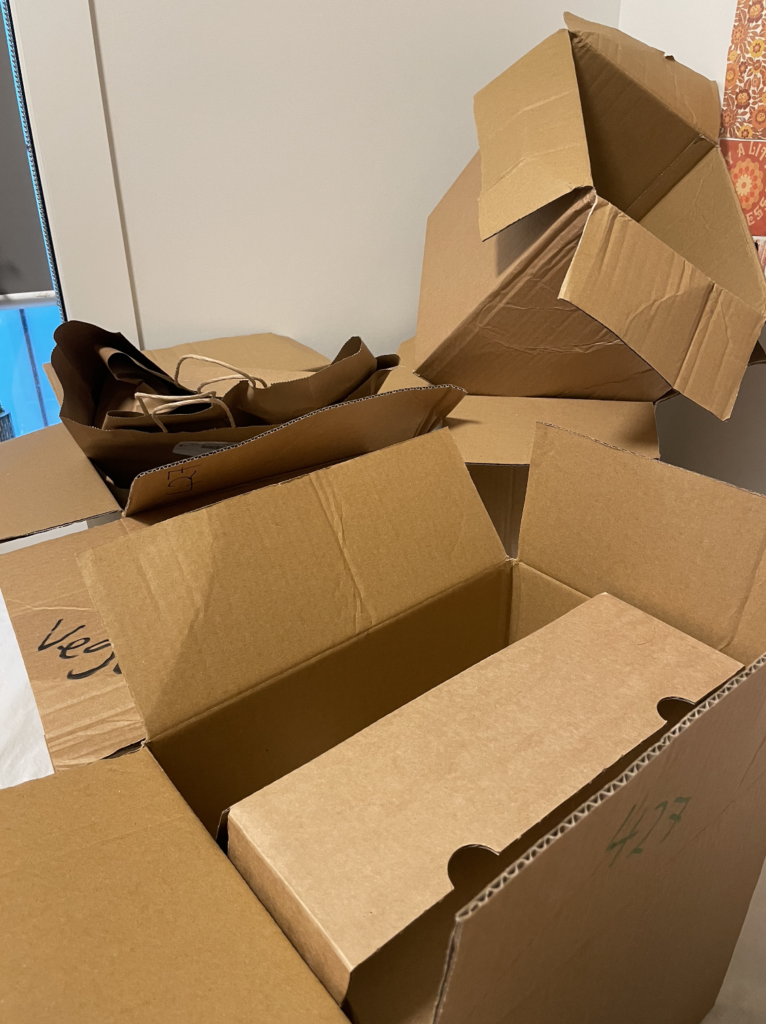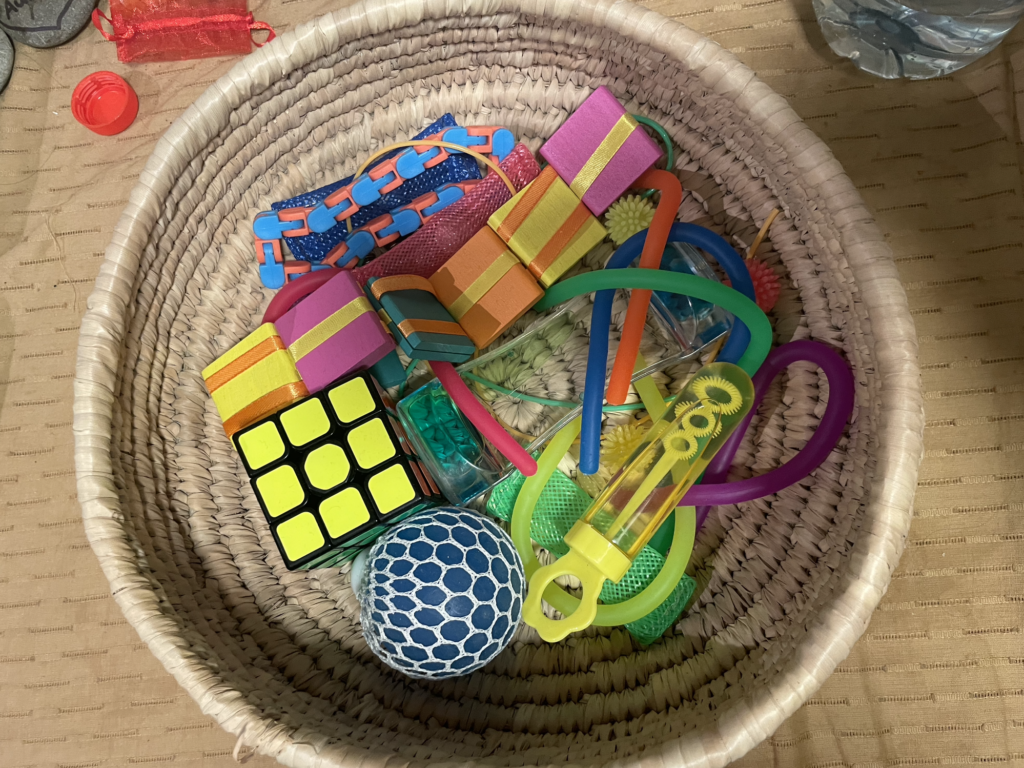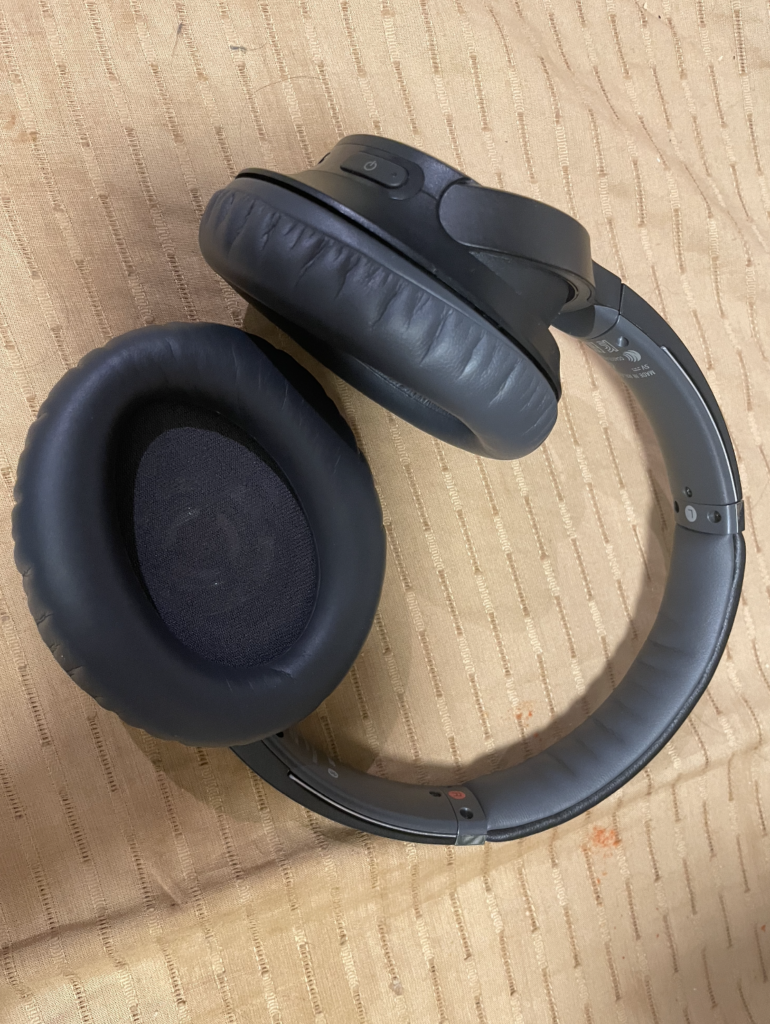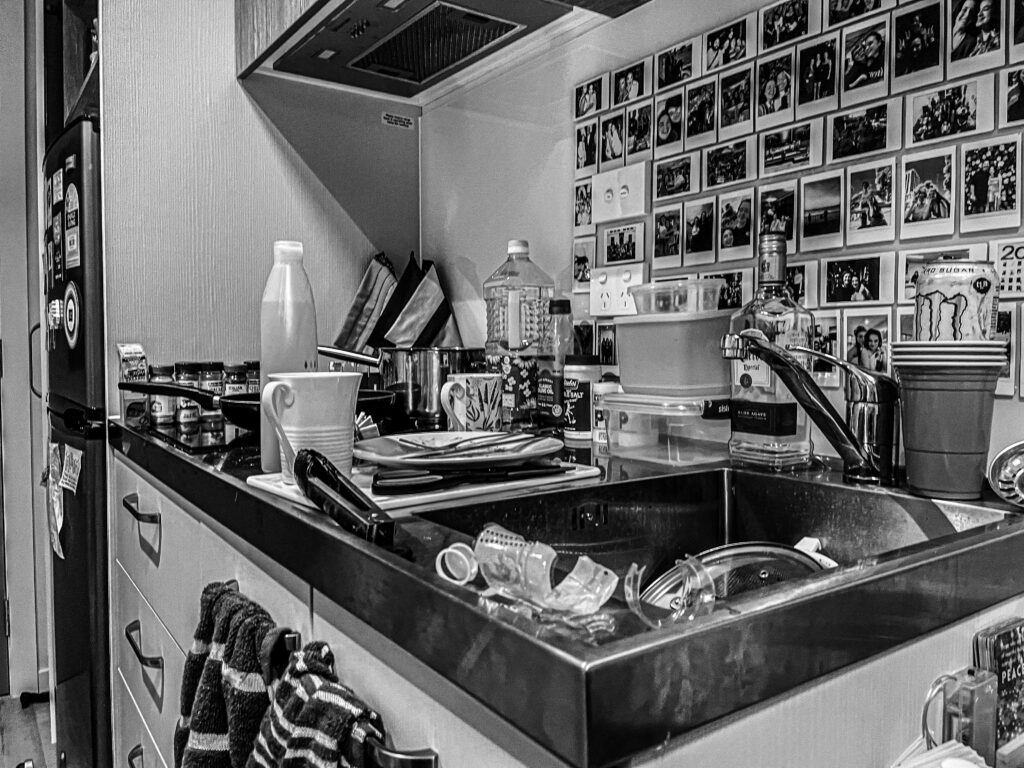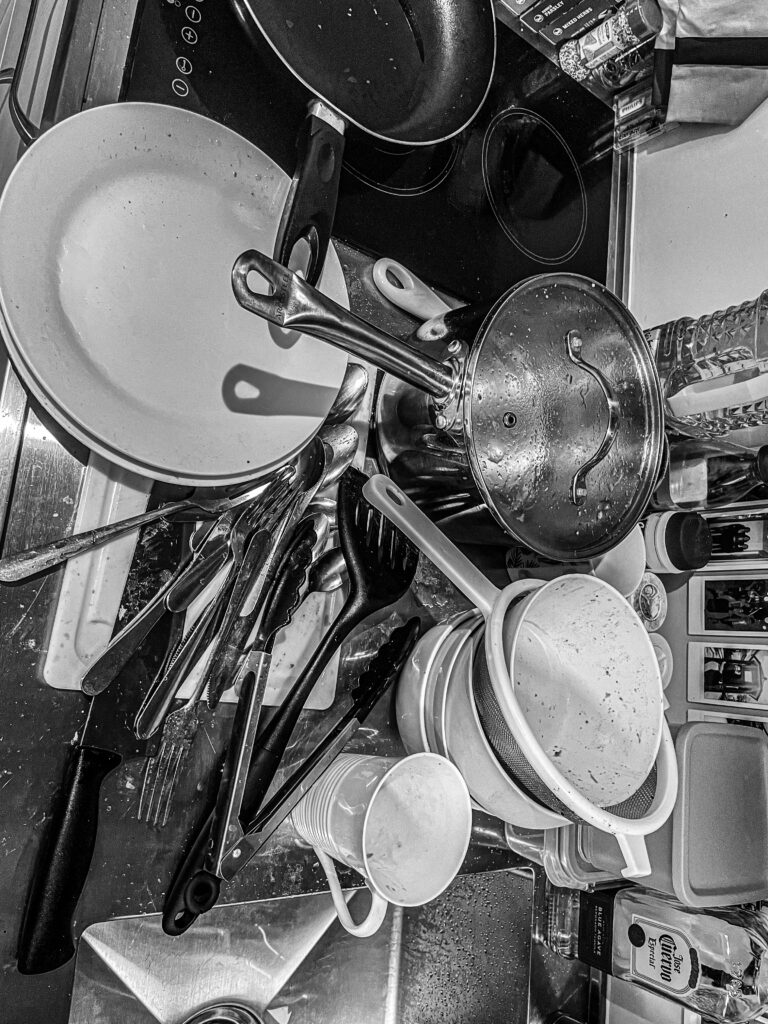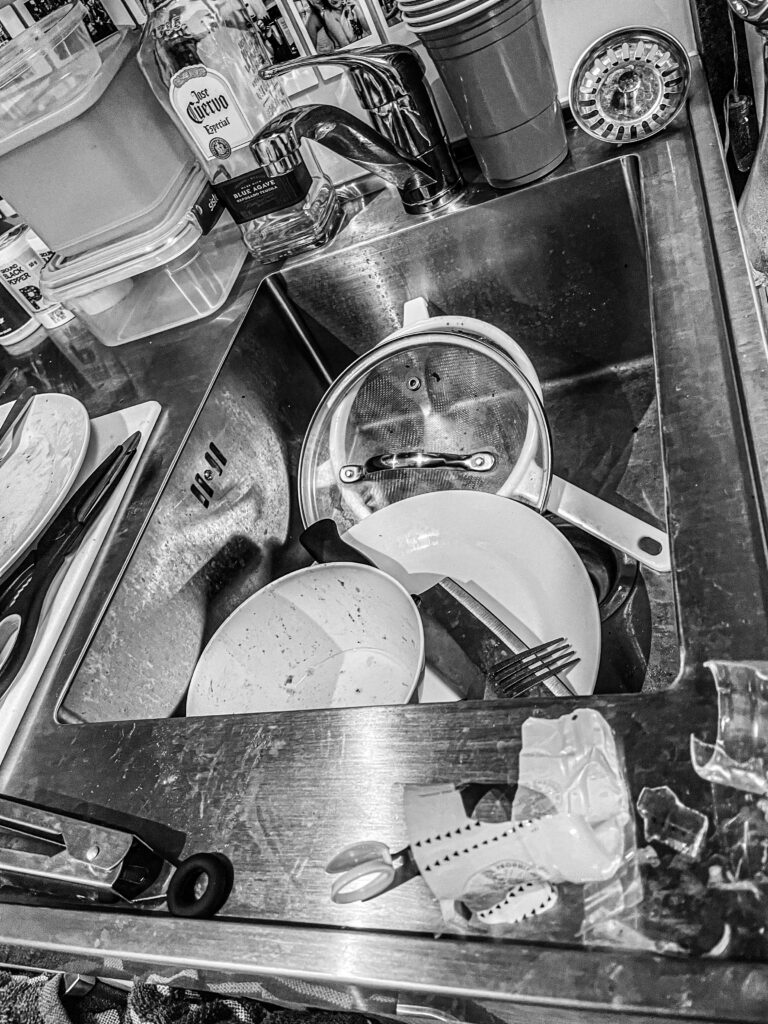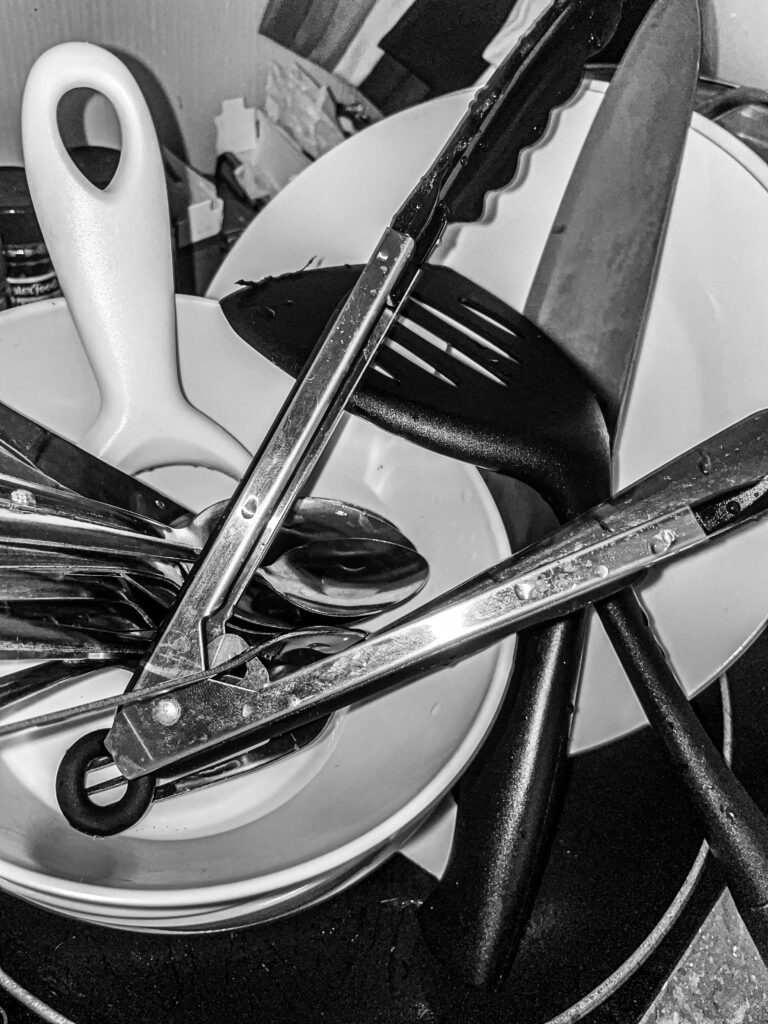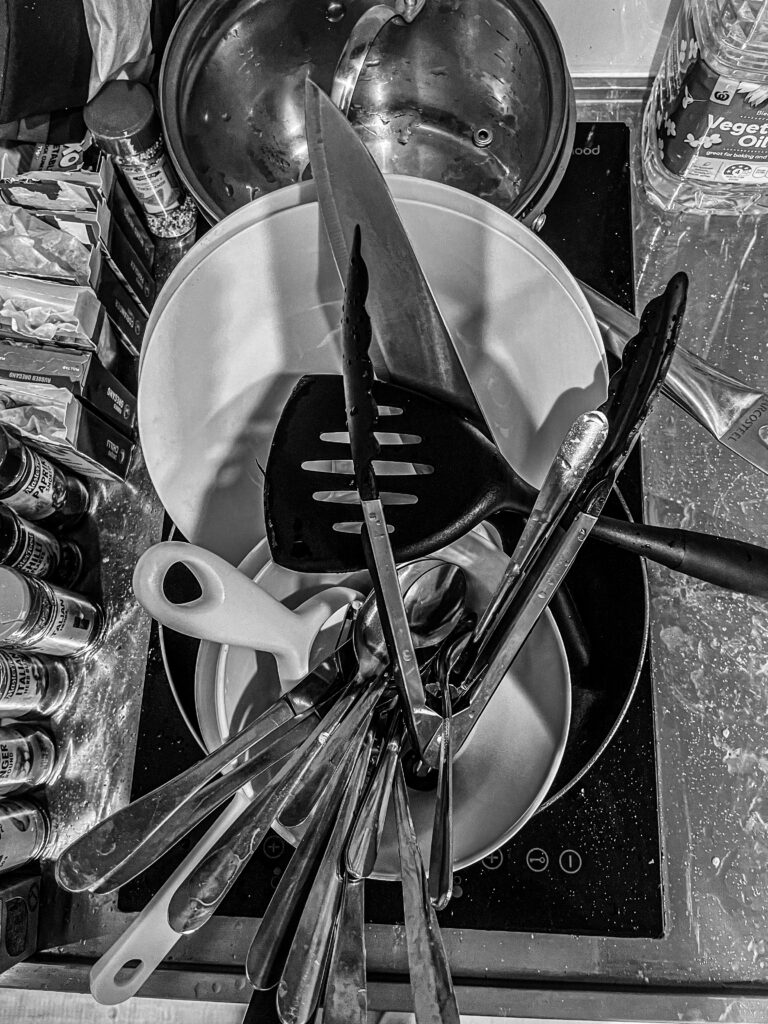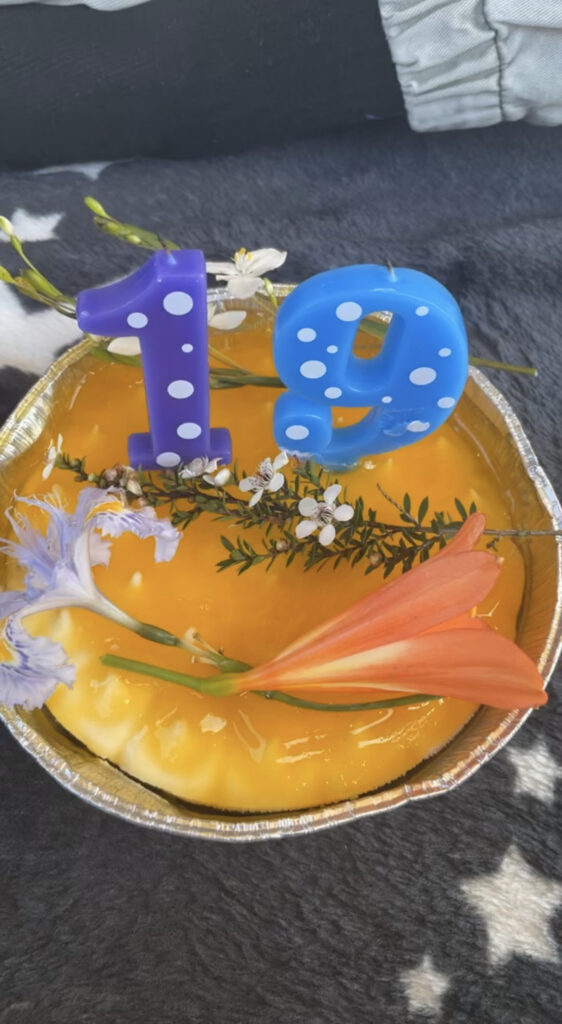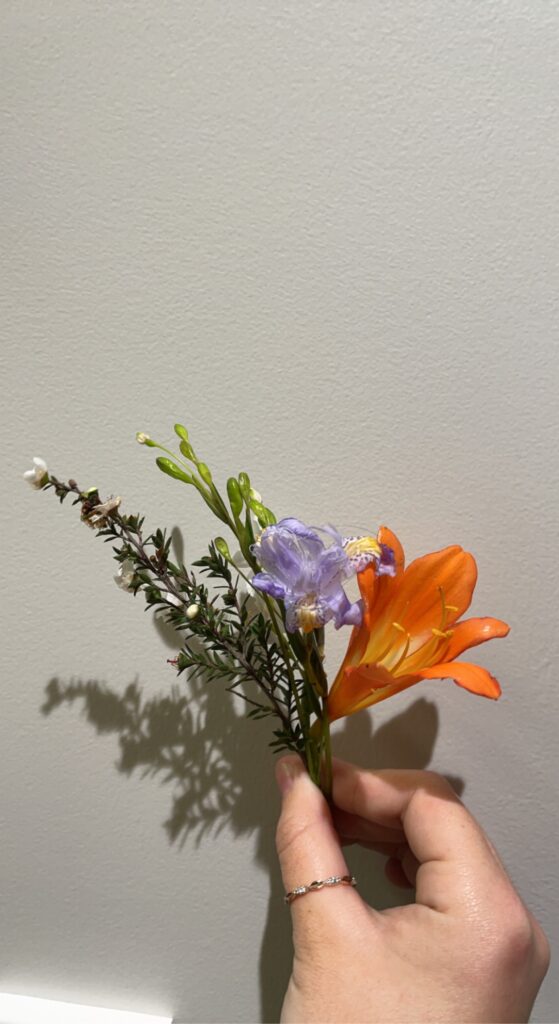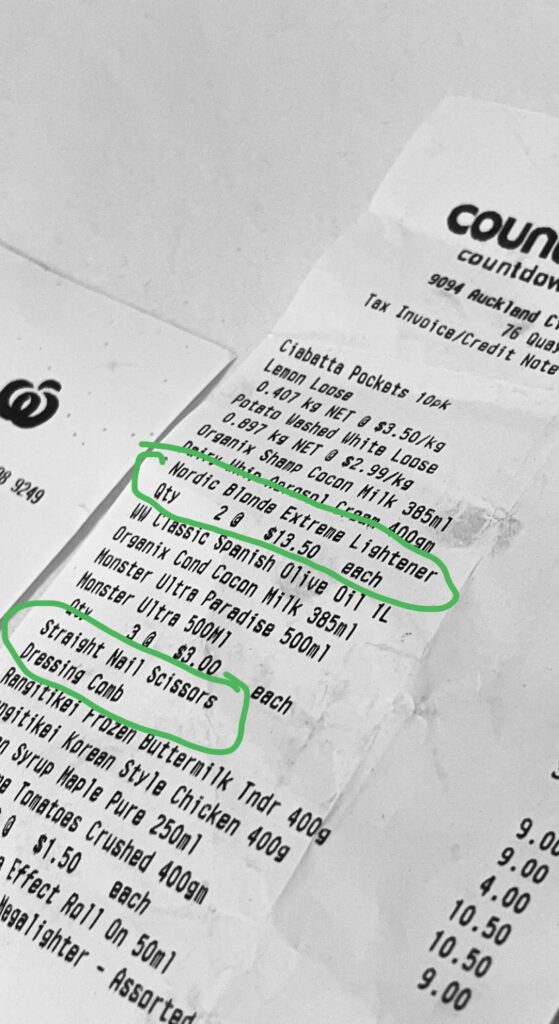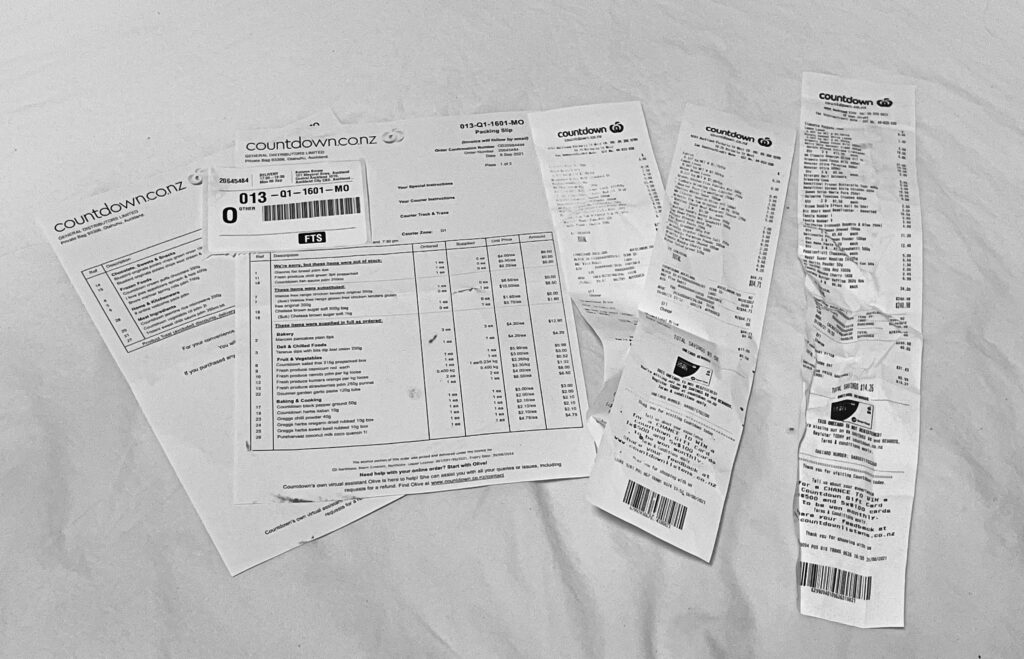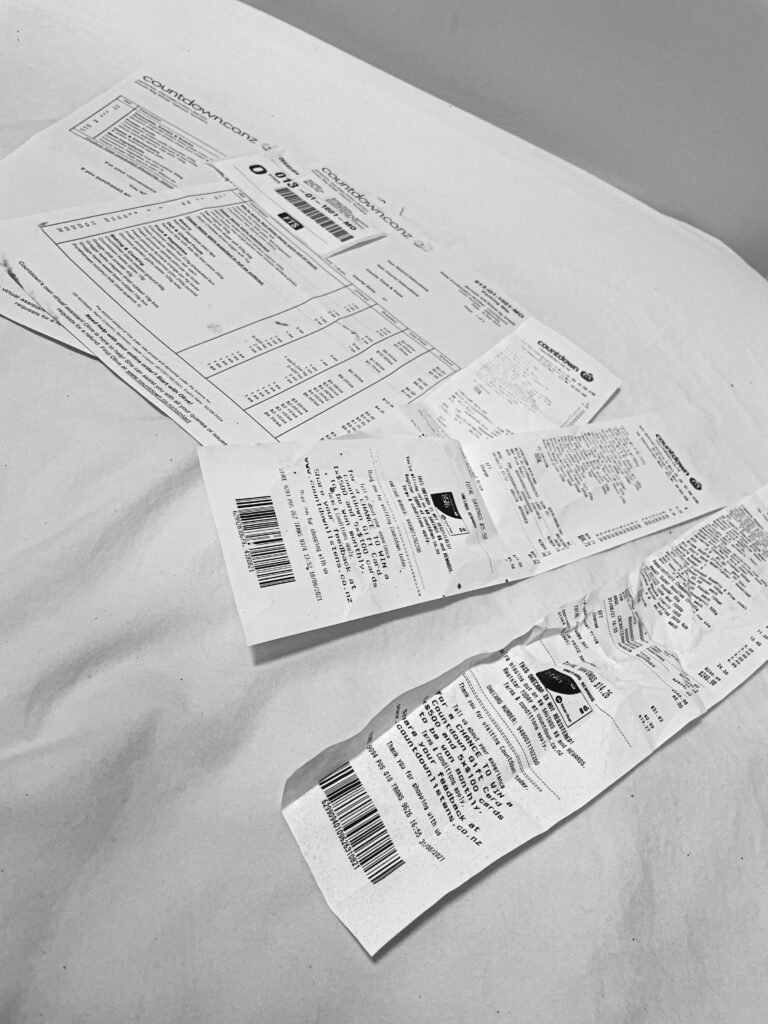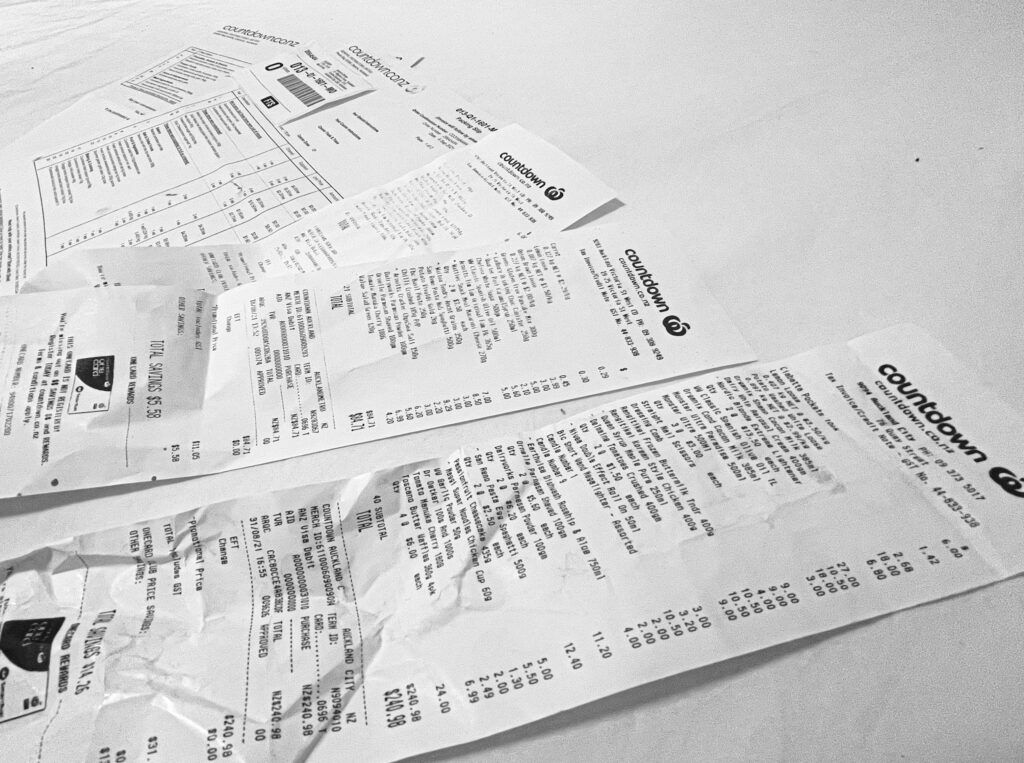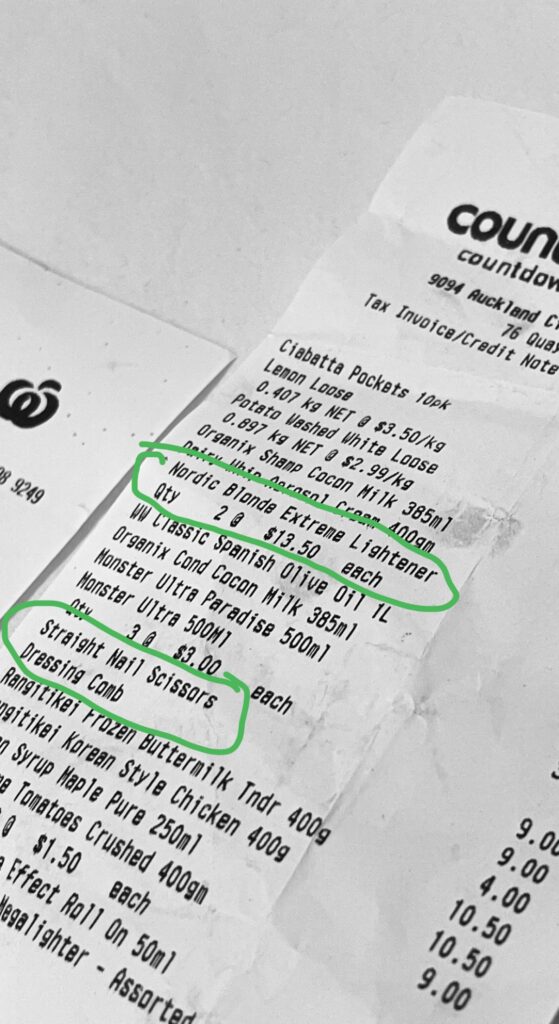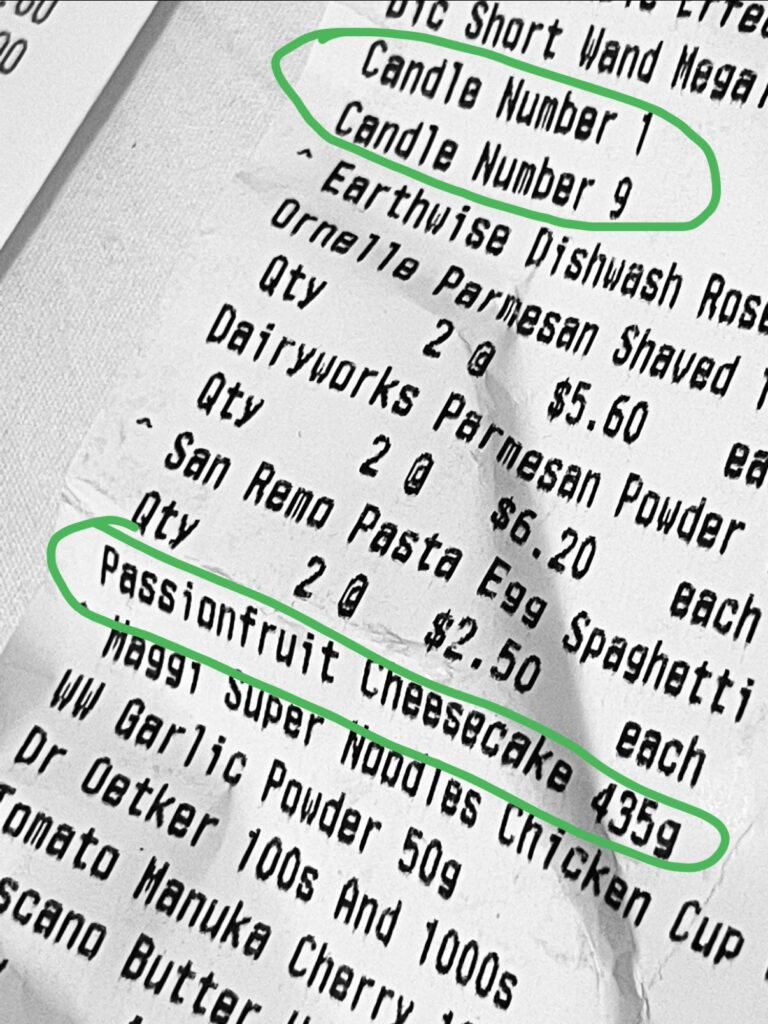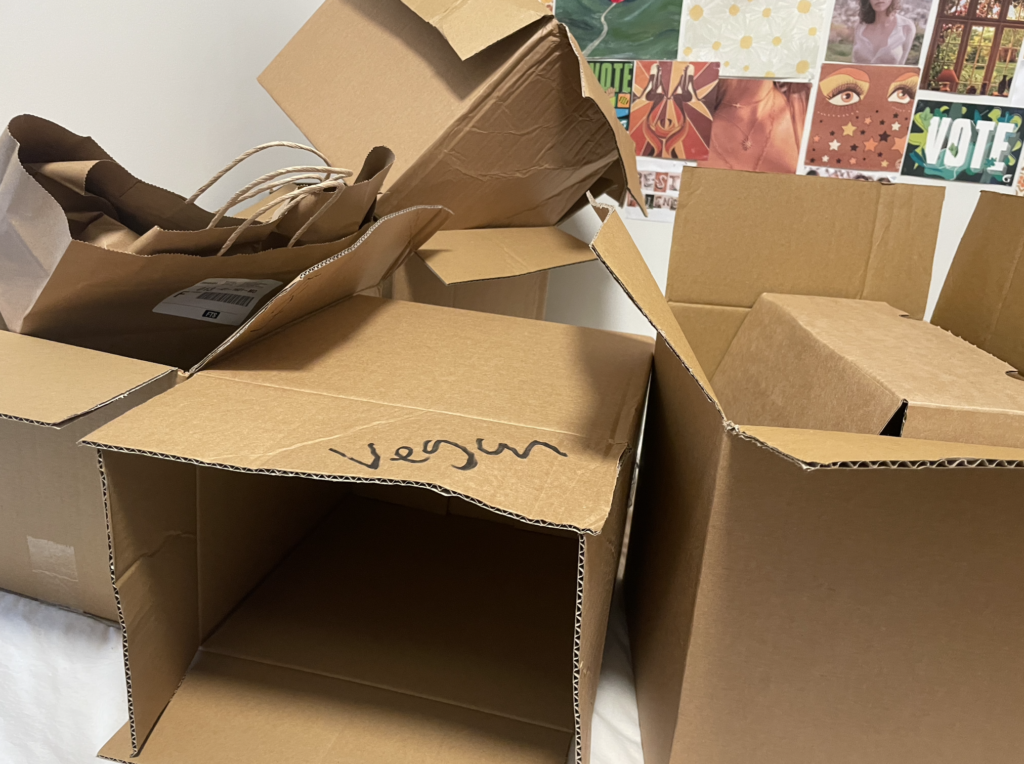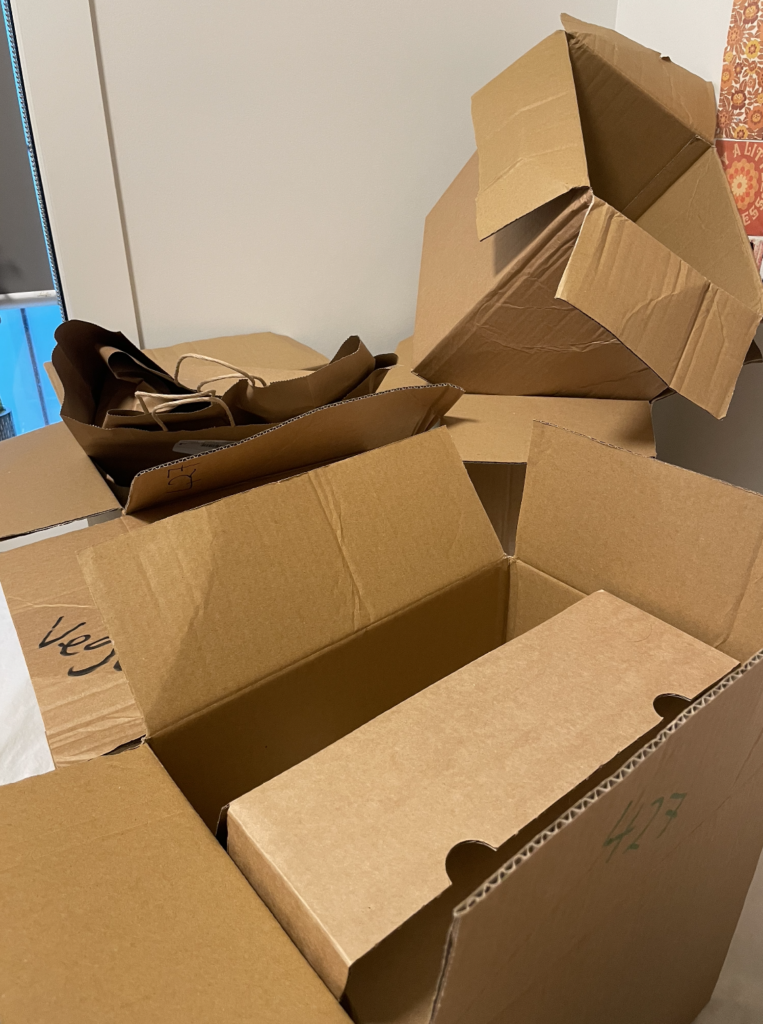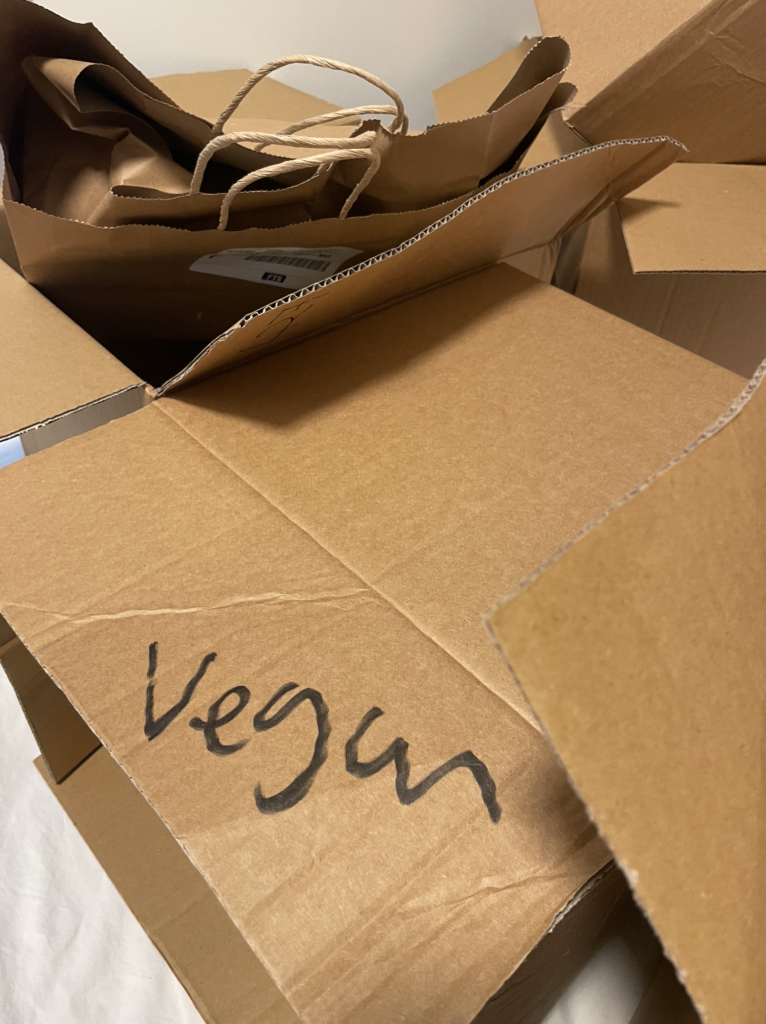Throughout this brief I’ve made quite a bit of art, the ones I found most interesting are these 3: Snapchat Food Diaries, Sequence of Eating, and Receipts: documentation of my kai purchases.
The first work I’m going to reflect on is my Snapchat Food Diaries A3 final image of all the individual images compacted together into one work. I found this work to be my favourite because of how proud I felt looking back at the final work of all the images collated into this A3 setting. Seeing all the different times I’ve eaten throughout this brief made me feel pride, and it was one of the first times I felt this properly towards my kai journey in a long time. What felt even better was seeing that I still had images left I could have added to this to show I had eaten more, but from an artistic side, I wanted to keep the images this size. But the fact I had even more than what I’ve shown just made me so happy and proud of myself. I can’t even begin to describe the feeling. I also just really like the rows of images all together to compile as one image. I’ve never done that before as I used to just do at most one row of images as a sequence as I did for one of my other blogs. It got me thinking about how I can maybe incorporate the idea of collecting my images into one bigger work as a tool in my future art practice.
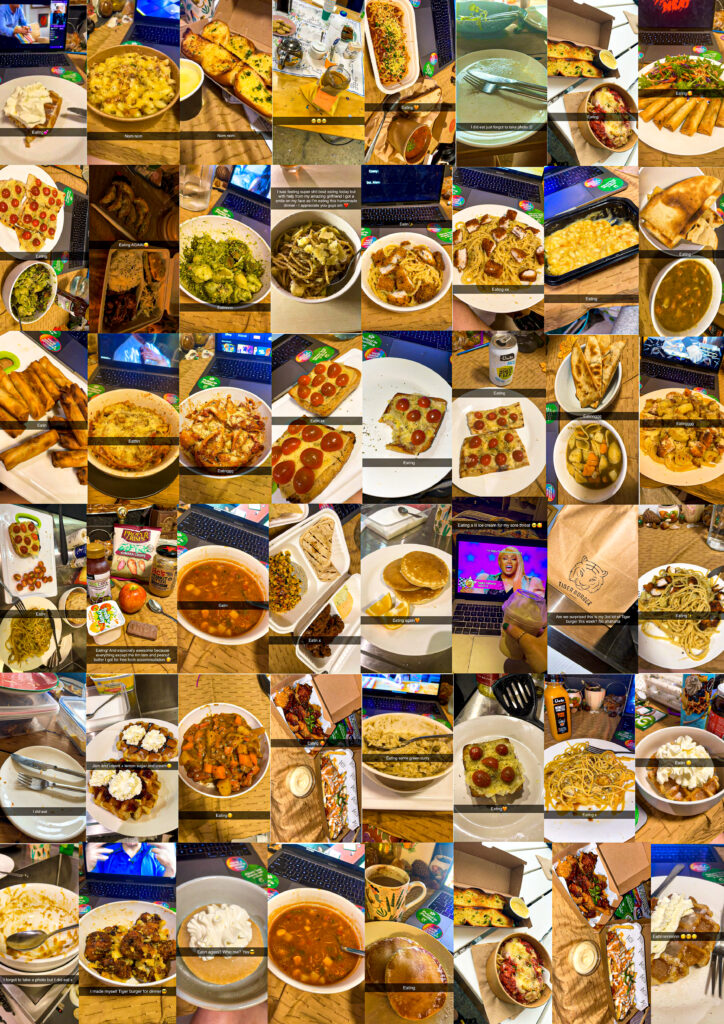
The sequence of Eating is the second work I’m reflecting on. I’m reflecting on it because I was interested in how I had emotions and thoughts about the idea of setting up the actual photos, creating an in-home studio by shutting off my lights and flashing a torch at it as this was my brain’s way of telling me this is how photography is supposed to be done. At that point my brain was still wired to think of my own photography practice as the way it was taught to me in high school: clean, crisp, studio lighting, precise setup, etc. Afterward though reflecting on it now, after having done more relaxed as you could call it art practice with my other images I find it really interesting the contrast between my thinking for that. But also, how the image here still has just as much meaning, just as much emotion behind it as my less polished looking images do. Throughout eating this kai I had so much going through my mind like I have reflected on previously in other blog posts, and I didn’t think I would. I always do but I didn’t think I would be able to recognize that whilst I was focussing on my photography set up and taking the pictures. It’s actually helped me in my outside life from the brief to recognize the feelings I had during this shoot, and that’s another reason I find this sequence interesting.
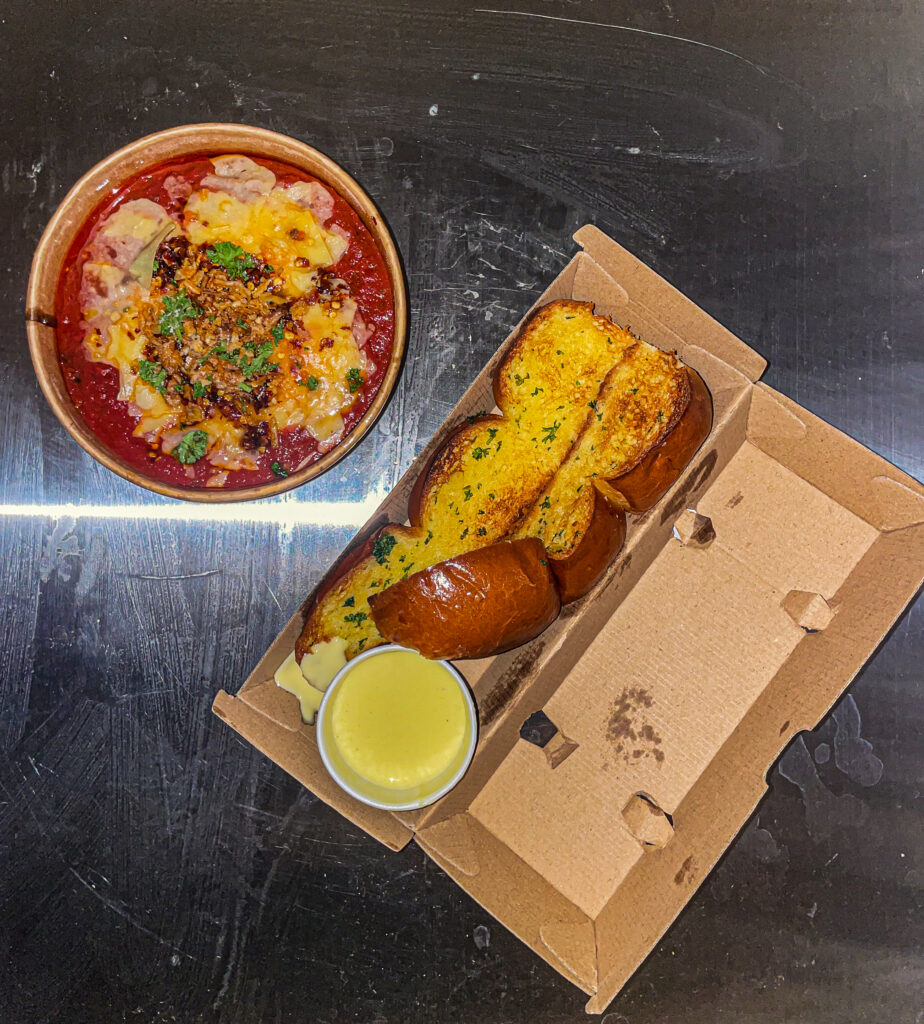
The last reflection I have is on Receipts: documentation of my kai purchases. I’ve chosen this to reflect on because it isn’t specifically looking at food and is on one of my different lanes/ideas I looked at in this brief that still had a tie to food but wasn’t directly that. I found it interesting when looking at the actual receipts that I did have safe foods that I would buy every time I went to the supermarket that I didn’t even know I did that. Compared to, I found interesting the stand out items of bleach for example to be such an eye grabber for everyone. The checkout cashier, giving me a look of, “oh hun,” or all my friends and whānau being concerned about my mental health all because of an item on a receipt? I also found liked how I continued with the Snapchat tool to then highlight the “odd items out”, creating a crafty feel to it. Like someone, you would just send to a mate. And I’ve found with this image, and my art practice in general during this brief is that I quite enjoy that. I enjoy producing artwork that has so much meaning behind it but is, at its core, simple. This image and my use of Snapchat has inspired me to let my future work be more about the thought behind it rather than making the image look perfect.
